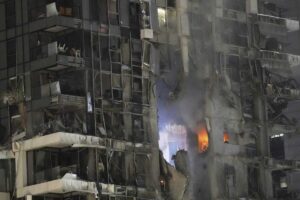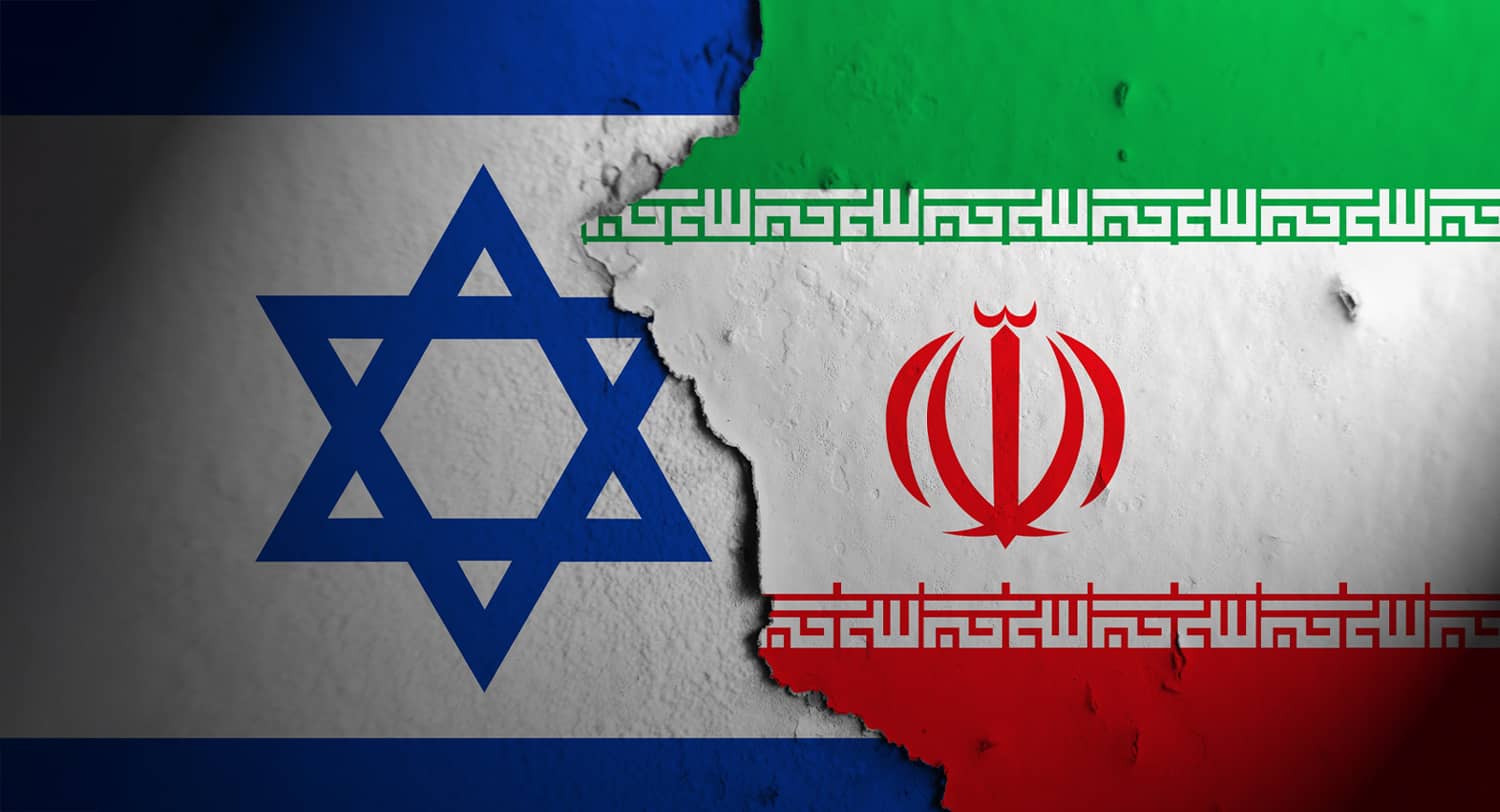On June 13, 2025, tensions in the Middle East rose sharply. Israel and Iran began direct military conflict. This day marked an important change in regional dynamics. Israel started “Operation Rising Lion.” It was a big airstrike targeting Iran’s nuclear sites and military leaders. Iran responded by launching “Operation True Promise III.” They fired hundreds of missiles at Israeli cities like Tel Aviv, Jerusalem, and Haifa. This is the biggest military clash between the two nations since the Iran-Iraq War. It raises global worries about a larger conflict.

Israel’s Operation Rising Lion
On the morning of June 13, Israeli Prime Minister Benjamin Netanyahu announced “Operation Rising Lion.” He described it as a necessary action to protect Israel from the Iranian threat. The operation included more than 200 fighter jets. This group featured advanced F-35I “Adir” stealth fighters. They targeted multiple sites in Iran. Key targets included:
-
Natanz Nuclear Facility: The strikes hit key infrastructure hard. They damaged electrical systems and enrichment halls, which disrupted operations.
-
Khondab Reactor: Targeted as part of efforts against Iran’s nuclear program.
-
Kermanshah Ballistic Missile Sites: Aimed at weakening Iran’s missile capabilities.
-
Parchin Military Base: Targeted due to its involvement in Iran’s nuclear efforts.
Netanyahu stressed that Iran’s nuclear program is a major threat. He pointed out that Iran has enough enriched uranium for 15 nuclear weapons. The goal is to reduce this threat, with Israel promising to continue its actions as needed.
High-Profile Casualties
The Israeli strikes resulted in significant losses for Iran’s military and nuclear leadership. Among those affected were:
-
Major General Hossein Salami, commander of the Islamic Revolutionary Guard Corps (IRGC).
-
Major General Mohammad Bagheri, Chief of Staff of Iran’s Armed Forces.
-
Brigadier General Amir Ali Hajizadeh, commander of the IRGC Aerospace Force.
-
At least six notable nuclear scientists, like Fereydoon Abbasi and Mohammad Mehdi Tehranchi, have been reported killed.
These losses disrupted Iran’s military command and its nuclear program.

Iran’s Retaliation: Operation True Promise III
In retaliation, Iran launched “Operation True Promise III,” firing hundreds of missiles at Israeli cities. The IRGC executed the attack, which was described as Iran’s largest missile launch against Israel. Iranian Supreme Leader Ali Khamenei warned that Israel’s actions would provoke a strong response.
Israeli defense systems, including Arrow, Iron Dome, and David’s Sling, intercepted many missiles. Some did hit central Israel. This caused damage in Tel Aviv, so residents sought shelter. The attack resulted in:
-
Iran: 78 people died, and more than 320 were hurt. This includes military and civilian individuals. Areas in Tehran experienced significant damage.
-
Israel: One fatality and 41 injuries, with at least one person critically hurt. Most injuries were from debris and shrapnel from intercepted missiles.

International Response and Strategic Implications
The United States backed Israel with defense help. But it made clear that it did not take part in strikes against Iran. U.S. Secretary of State Marco Rubio stated, “We are not involved in strikes against Iran.” President Donald Trump urged Iran to talk about nuclear issues. He warned of stronger actions if Tehran doesn’t cooperate.
The world is worried about rising tensions. Many are urging calm and a focus on diplomacy. The United Nations Security Council met to talk about the situation. Iran’s ambassador labeled the Israeli strikes a “declaration of war.” The International Atomic Energy Agency (IAEA) condemned these attacks. They stressed that nuclear facilities “must never be attacked.”
This conflict marks a key moment in Middle Eastern relations. It echoes the 1973 Yom Kippur War. Experts warn that this situation might grow into a larger regional conflict. Both nations are thinking about their next moves under heightened global scrutiny.
